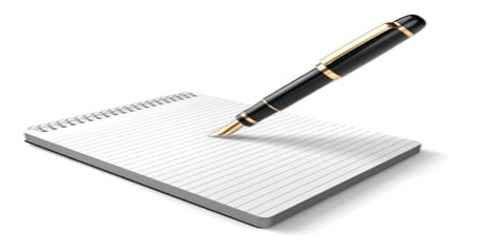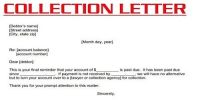Body of the Report
The longest part of a report is its body. It is the heart of a report. It represents the report problem, writing procedures, analysis of data, conclusions and recommendations. The body of the report is composed of the following components:
Introduction: Introduction is the formal beginning of a report. It introduces the reader with the report and helps them to get an idea about it. An introduction contains a wide variety of topics. The commonly covered topics are the followings:
- Problem statement: A formal report is usually designed to solve complex problem. It is therefore very crucial to state the report problem clearly and concisely.
- Objectives it the report: A common element of a report is its objectives or processes. Objectives spell out what the report wants to achieve by doing the investigation. Objective may be written in the infinitive form or in question form.
- Scope of the study: Scope means the aspects that are highlighted in the report. This section is sometimes referred to as “delimitation”. It sets the boundaries of the report problem. A report problem may have a many aspects or dimensions. But a particular report is unlikely to focus on all those dimensions.
- Limitations: A formal report tells the reader about the limitations of the investigation and limitations of the findings. Limitations regarding investigation relates to the insufficient time, inadequate fund and non-cooperation from the concerned parties or respondents. Limitations regarding the findings give the direction for further investigation or study.
- Sources of data: Every report must mention the sources of information or data used in the report. The sources may be primary, secondary, or combination of both. Primary data are collected by the writer for his own purpose, whereas, secondary data are readily available.
- Methods of collecting data: Along with the sources of data, a report must mention the method used for collecting data. The possible methods of collecting primary data are observation and questioning. Secondary data may be obtained from available reports, journals, books etc.
Findings: Findings are the results of the study and therefore, greater emphasis is placed on this part. Findings make a report different and distinct from other similar reports. The process of writing a report begins with targeting a problem. Then necessary and relevant information are gathered and analyzed. Through analysis, the researcher obtains results that answer the objectives of the report. Findings of a report are usually interpreted by using various statistical tools like mean, median, standard deviation, correlation, regression, trend analysis, analysis of variance, test of hypothesis and so on. The findings of a report are presented-by using tables, graphs, charts etc. for easy understanding of the readers.
Conclusion: Based on findings, every report contains conclusions. Conclusions are always directly related to the problem statement. Sometimes conclusions are numbered.
Recommendations: Recommendations are based on conclusion of the report. Recommendations specify courses of actions that can be adopted to solve the problem studied.















